
Agar-agar is actually one of the good guys in the food-additive world: it's a natural thickener made from red algae known as "Agar" in Malay. After melting in water at 180 degrees Fahrenheit, agar thickens at around 100 degrees F. This property works well when making jam, because you can melt it separately and add it as it cools without having to heat the jam to sugar-scorching temperatures.
Step 1
Remove any hulls, stems and leaves from the fruit and rinse it in a colander. Peel fruits that require it, such as peaches, pears and apples. The skins on berries and cherries can remain intact.
Step 2
Place the fruit in a mixing bowl. Mash the fruit with a wooden spoon or a potato masher. Pick out any pits and seeds by hand or run the fruit through a food mill.
Step 3
Scrape the fruit into a heavy-bottomed saucepan or pot with a spatula. Set the pan on the stove over medium-high heat and add 1/2 cup of water.
Step 4
Heat the fruit until it starts to bubble, about 15 minutes, and stir with a wooden spoon. Lower the heat to medium and add sugar or honey to taste. Agar doesn't need sugar to thicken, so add as much or as little as you like.
Step 5
Stir the sugar into the fruit and cook until it macerates, or develops a thick, heavy, syrup-like consistency, usually about 20 minutes. Turn the heat down to low or warm.
Step 6
Pour 1 cup of water in another saucepan and sprinkle 2 tablespoons of powdered agar over it for every 4 or 5 cups of fruit used. Set the heat to medium-high and bring the water and agar to a simmer.
Step 7
Stir the agar-agar until it dissolves after it starts simmering. Pour the dissolved agar-agar into the macerated fruit.
Step 8
Stir the agar into the fruit and turn off the heat. Stir the jam while it cools. The agar will thicken within a few minutes, or when the temperature of the fruit and liquid drops to 102 F.
Step 9
Scrape the jam into a food storage container after it reaches room temperature and place it in the refrigerator for a couple hours for the flavors to distribute throughout.
Related Articles

How to Fix Orange Marmalade That Turned ...

How to Cook a Fruit Cobbler in the ...
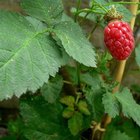
Tayberry Jam Recipe
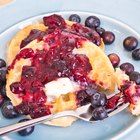
How to Make Blueberry Jam

How to Make a Fruit Reduction

What Is Agave Syrup?

How to Naturally Thicken Jam
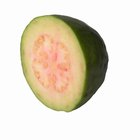
How to Peel Guava
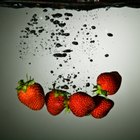
How to Cook Strawberries
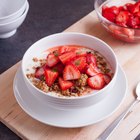
How to Macerate Fruit
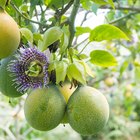
How to Eat a Maypop When Ripe
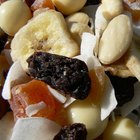
How to Soak Dried Fruit
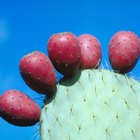
How to Eat Xoconostle
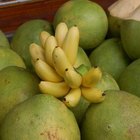
Foods From Rainforest Plants
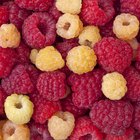
How to Freeze Raspberries
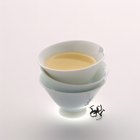
How to Make Gelatin Dessert With Milk

How to Freeze Peaches With Lemon Juice

How to Glaze a Fruitcake

How to Make Goji Berry Tea
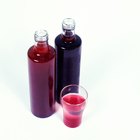
How to Make Sweet Syrup With Fruit Juice
References
Writer Bio
A.J. Andrews' work has appeared in Food and Wine, Fricote and "BBC Good Food." He lives in Europe where he bakes with wild yeast, milks goats for cheese and prepares for the Court of Master Sommeliers level II exam. Andrews received formal training at Le Cordon Bleu.
Photo Credits
Eising/Photodisc/Getty Images